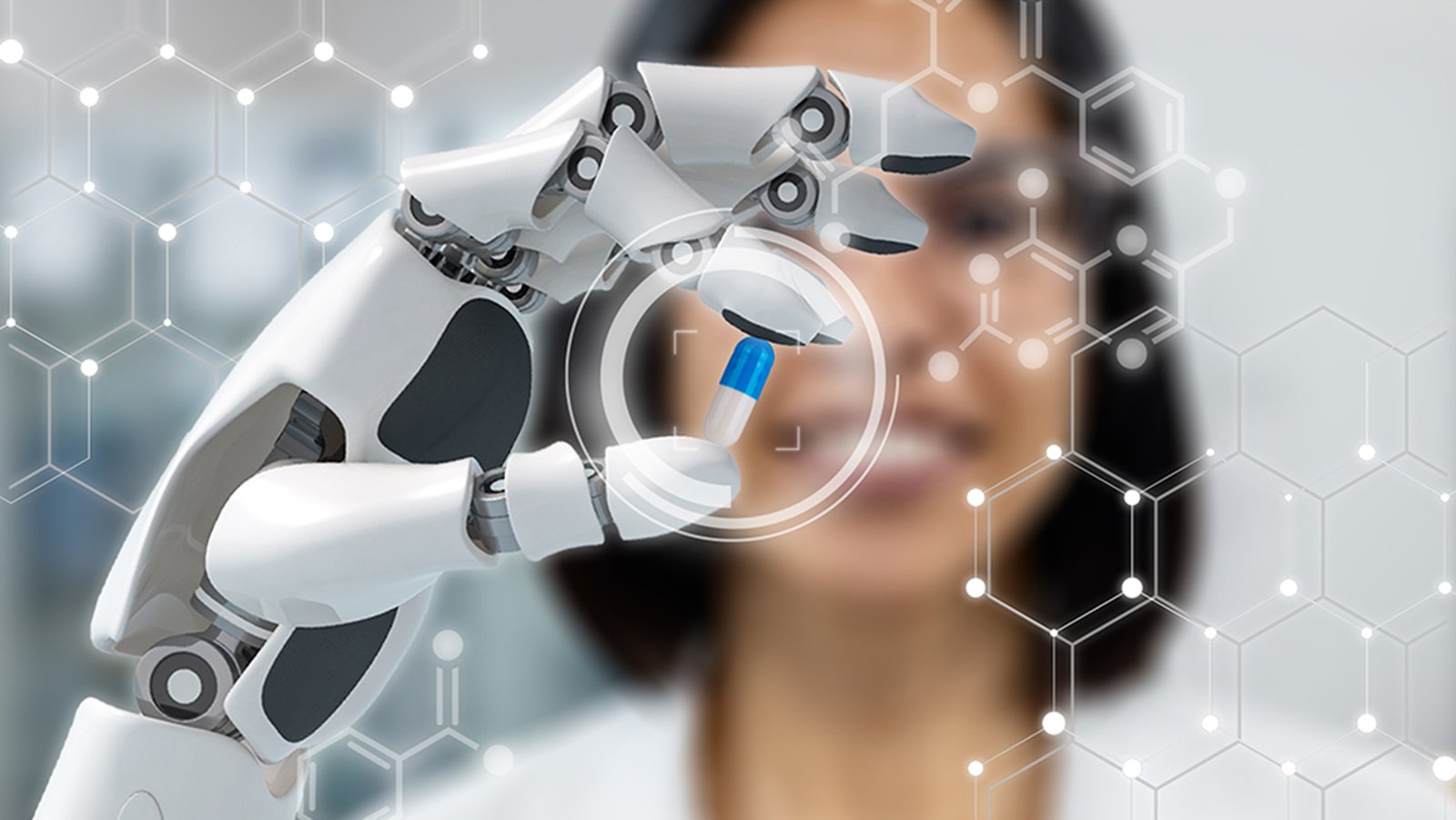In a breakthrough that could transform fields from electronics to energy, CrystalGPT, a newly released artificial intelligence model, is accelerating the pace of discovery in materials science by predicting the properties of crystals with remarkable accuracy and speed.
Developed by a consortium of AI researchers and materials scientists, CrystalGPT leverages large-scale transformer architectures—similar to those behind language models like ChatGPT—but is finely tuned on massive datasets of crystal structures, chemical compositions, and quantum properties. The result: a tool that allows scientists to model and evaluate material behaviors in minutes instead of months.
Why CrystalGPT Matters
Crystals form the structural backbone of modern materials used in everything from semiconductors and solar cells to superconductors and batteries. Understanding their electronic, thermal, optical, and mechanical properties is essential for designing next-generation technologies. Traditionally, such predictions required density functional theory (DFT) simulations or labor-intensive lab testing—processes that are computationally expensive and slow.
CrystalGPT changes that.
According to early adopters in academia and industry, the model can:
- Predict formation energy, band gaps, and stability of hypothetical compounds.
- Suggest novel material compositions with desired characteristics.
- Accelerate materials screening for specific applications like photovoltaics or catalysts.
- Interface with existing simulation tools for hybrid workflows.
How It Works
CrystalGPT was trained on a vast corpus including:
- Public databases like Materials Project, Open Quantum Materials Database (OQMD), and AFLOW.
- Proprietary simulation data provided by partnering universities and laboratories.
- Experimental results from peer-reviewed literature, preprocessed via natural language parsing and chemical embedding.
It uses a multi-modal encoder to ingest crystal structures (via atomic coordinates or CIF files) and textual prompts describing target properties. Then, it generates high-probability predictions using a transformer-based architecture adapted for graph representations of molecules and lattices.
Real-World Impact
- Battery Innovation: A major EV manufacturer reported that CrystalGPT helped identify a stable solid electrolyte candidate in days—something that would have taken years with standard methods.
- Solar Cells: Researchers at MIT used CrystalGPT to uncover perovskite variants with improved thermal stability, pushing efficiency and lifespan of solar panels further.
- Green Chemistry: It has aided in designing catalysts for carbon capture that are not only more effective but also easier to synthesize.
Democratizing Discovery
One of CrystalGPT’s standout features is its API-first architecture, allowing integration with cloud-based notebooks, lab automation systems, and visualization platforms. Scientists with limited computing resources can now access high-fidelity predictions without setting up supercomputers.
Moreover, the development team has made a scaled-down open-source version—CrystalGPT-Lite—available to universities and independent researchers.
Challenges & Ethical Considerations
Despite its capabilities, experts urge caution:
- Bias in training data may skew predictions toward well-studied materials.
- Overreliance on AI predictions without validation could lead to wasted resources.
- IP disputes may arise if AI discovers materials similar to patented compounds.
CrystalGPT’s developers have responded by embedding uncertainty quantification and explainability layers, and they encourage human-in-the-loop workflows.
Looking Ahead
As materials science enters the AI age, CrystalGPT is emblematic of a new frontier—where discovery is driven not only by intuition and experiment but by data, models, and intelligent prediction.
The convergence of machine learning and materials innovation could shrink the typical 20-year gap between lab discovery and market deployment. With tools like CrystalGPT, the next revolution in clean energy, electronics, or biomedical materials may arrive faster than anyone imagined.

